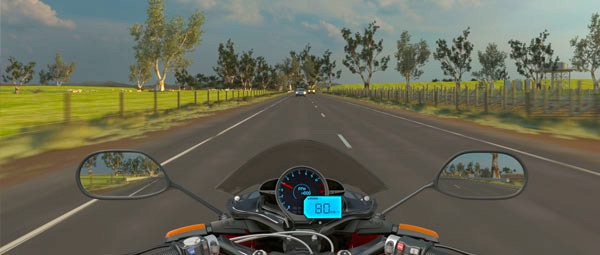Austroads is producing a claimed world-first library of motorcycle hazard perception test (HPT) videos and supporting road safety material to help train novice riders.
The project is expected to modernise the HPT videos used in most states and introduce them in Tasmania and the territories.
It is believed the computer-based motorcycle-specific tests will improve learner training and graduated licensing systems.
The videos, put together by Adelaide-based digital media producer Monkeystack, also include car dashboards. However, Austroads claims it is the first time specific scenarios for motorcycle riders have been included in the tests.
The clips are being produced using computer generated imagery (CGI) rather than real-world video.

The scripts for the videos were developed following an analysis of mass crash data and in-depth crash investigation data to determine the road and traffic hazards that are most problematic for novice drivers and motorcyclists.
Clips are being developed for more than 80 motorcycle scenarios and include a range of hazards (including wildlife) in different weather and at different times of day.
Austroads Chief Executive Nick Koukoulas says the project will improve novice driver and motorcycle rider safety.
“Young drivers and motorcyclists are over-represented in fatal and serious injury crashes and poor hazard perception skills have been shown to contribute to their crash involvement,” he says.
Hazard test
The computer-based test measures the rider’s ability to recognise potentially dangerous situations on the road and respond appropriately.
The project is expected to be completed by mid-2017.
Hazard perception tests play a key role in licensing in NSW, South Australia, Victoria, Western Australia and Queensland.
Austroads says the tests have been shown to reduce the likelihood of crashes.


